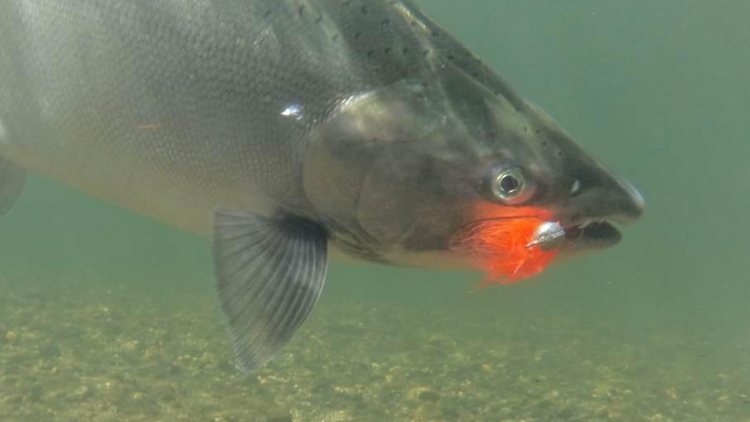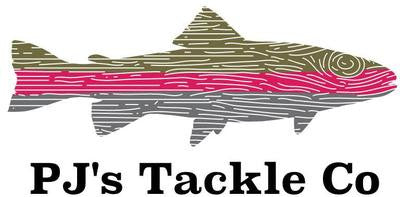
What is a marabou jig?
A marabou jig is a fishing lure made of marabou feathers (usually down feathers that come from a turkey). The feathers are dyed various colors, then tied with thread to a hook that is weighted with a lead, bismuth or tungsten head that is also painted. The term “marabou” is actually the name for a type of African stork whose down feathers were originally marketed as “marabou“ and sold to be used in making woman’s apparel.
What is unique about a marabou jig in comparison with other types of jigs?
Jigs that are made of soft plastic, silicone, rubber, bucktail and other materials have been used successfully by millions of fishermen to catch a variety of fish species.
The quality that distinguishes a marabou jig from any other type of jig is that it undulates or "breathes" even when it appears to be stationary in the water column. The slightest movement of the jig by current, wind or by a fisherman will make the jig move even more. Marabou is extremely soft, pliable and fluid. There is no other material that can be made to appear as “alive” in the water as marabou.
How should I fish a marabou jig?
Here are a few suggested methods of fishing a marabou jig:
- Below a float or strike indicator - The float and jig can be still fished, drifted with the wind or current, popped and then paused to let it sit still or simply retrieved slowly.
- Retrieved slowly without a float - By reeling the jig in on a spinning reel or by “stripping” in line regularly and methodically with a fly rod.
- Retrieved erratically - By popping your wrist as you reel, then pausing to let the jig drop if you are spin fishing or by “stripping” line erratically or even snapping your rod tip upward if you are fly fishing.
What species of fish will strike a marabou jig?
Every species of freshwater fish that feeds on aquatic insects, crustaceans, or other fish will strike a marabou jig.
It is especially effective for panfish (crappie, perch, sunfish) and every species of trout, salmon and char. It is also effective for bass, walleye and other freshwater species.
Almost any saltwater species will strike a marabou jig as well, although the size of most marabou jigs limit their presentation to the flats or shallower water as opposed to offshore fishing.
How long has the marabou jig been around?
Marabou was likely first used by fly fishermen stripping “marabou streamers” on the White River below Bull Shoals Dam in Northern Arkansas in the 1950’s. The first marabou jigs sold commercially were tied by Bill Ward for his father, Virgil Ward and marketed by Bass Buster Lures.
Why should I fish a marabou jig?
It simply catches lots of fish and is one of the most versatile fishing lures ever created.

Leave a comment